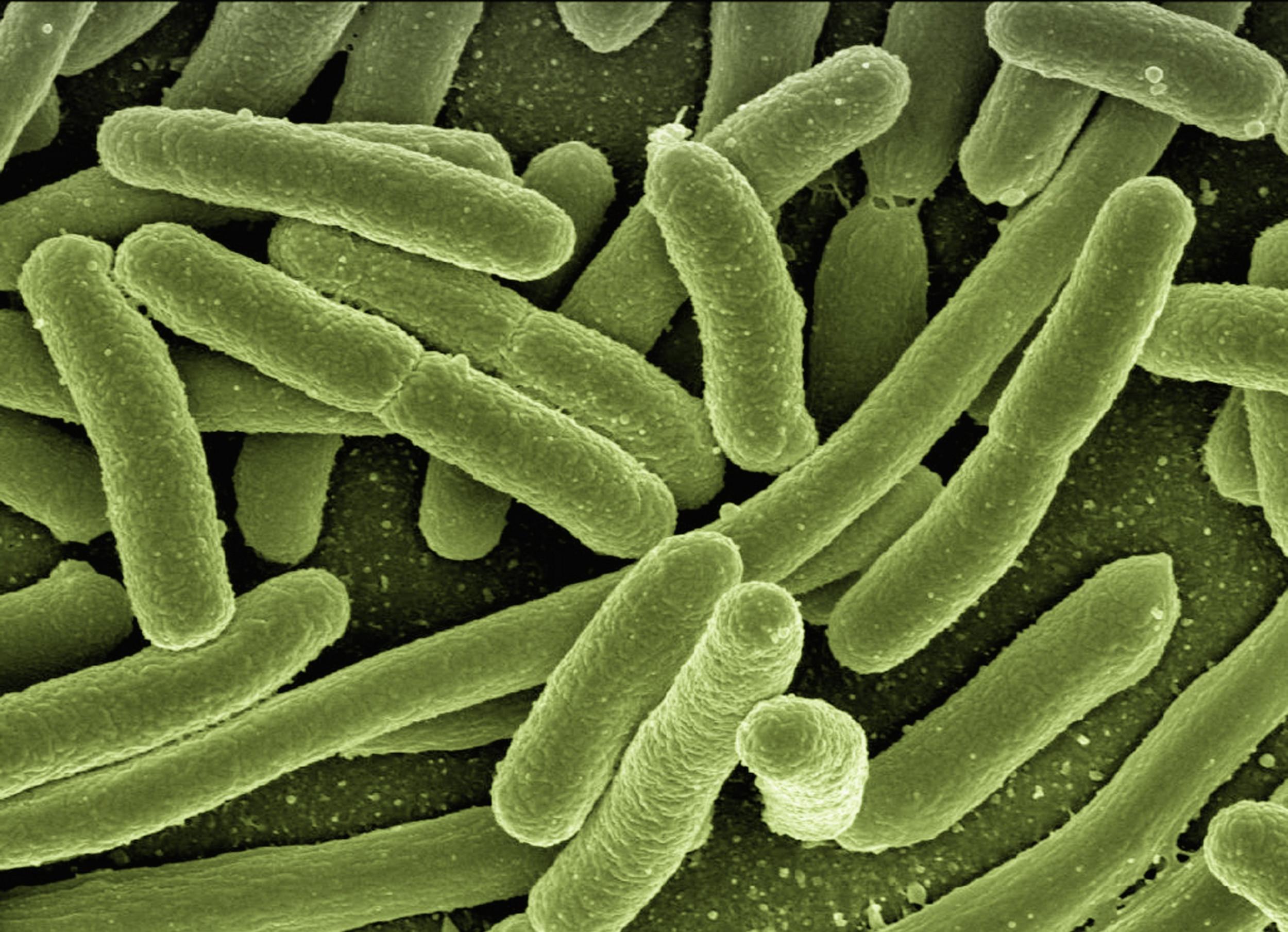
X-ray fluorescent spectroscopy is an elemental analytical technique to analyze a micro-area of a sample by using X-ray beams and to get elemental distribution images on a sample by spectrum acquisition at individual pixel position.
XRF is generally an elemental analytical technique for bulk samples because the spot size is from several millimeters through to several centimeters. Therefore, inhomogeneous samples need to be ground and compacted into a pellet or fused within a glass matrix. Such sample preparation is time consuming, and typically requires large volumes of material.
On the other hand, micro-XRF allows elemental analysis in microscopic levels nondestructively without special sample pretreatment thanks to its high spatial resolution.
Therefore, micro-XRF is widely used in a wide range of research fields, including materials, geology and mineralogy, gemology, archaeology, electronics, environmental science, pharmaceutics, biology and medicine. (you can find the wide range of application notes using micro-XRF in our product page.)
An imaging XRF system combines automated sample movement with fast EDXRF elemental analysis. The sample is rapidly scanned through the X-ray beam, and spectra are continuously read from the detector and correlated to a particular position on the sample. The distribution of a particular element can be displayed by plotting an image of the element's peak intensity at each pixel position. The result are detailed false colored images showing areas of high and low concentration for each chosen element.
Since EDXRF captures a spectrum with information from all detectable elements simultaneously, multiple elements can be imaged without any time disadvantage. Modern micro-XRF imaging systems such as the XGT-7000 can allow acquisition of images over areas ranging from around 0.25mm2 through to 10 cm x 10 cm or larger. Thus it is possible to analyze samples with a wide range of sizes, both on the macro and micro scale.
Micro-XRF can provide additional imaging functionality - transmitted X-ray imaging. Since the X-ray micro-beams exhibit near perfect collimation, they retain their narrow diameters and intensity even at large distances from the capillary tip. Since many samples are partially transparent to X-rays, a small scintillation detector directly beneath the sample (and aligned with the X-ray optic) can be used to measure the intensity of X-rays which pass through the sample.As the sample is scanned to generate element images, an image of transmitted X-ray intensity is simultaneously created.
The result is similar to typical X-ray radiographs taken in hospitals, but benefiting from the ultra-high spatial resolution that the micro-XRF systems afford. It is thus possible to generate detailed images of a sample's physical structure which would ordinarily be invisible to the eye. For example, voids in solder, cracks and phase changes in minerals/rocks, and electronic circuits encased in plasticcan all benefit from the transmission X-ray imaging capabilities of micro-XRF systems such as the XGT instruments.
У вас есть вопросы или пожелания? Используйте эту форму, чтобы связаться с нашими специалистами.